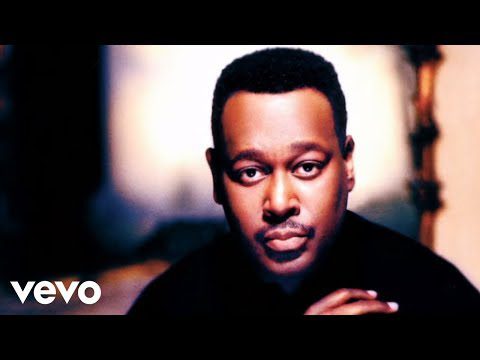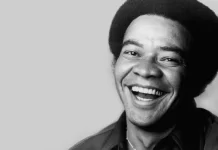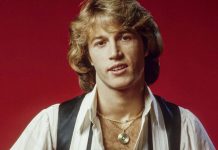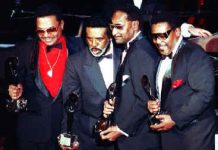“Dance with My Father” is one of the most emotionally powerful songs in Luther Vandross’s career — and fittingly, it also served as the title track for his fourteenth and final studio album. Released in May 2003 as the lead single, the song was co-written with longtime collaborator Richard Marx and reflects deeply personal memories from Vandross’s childhood.
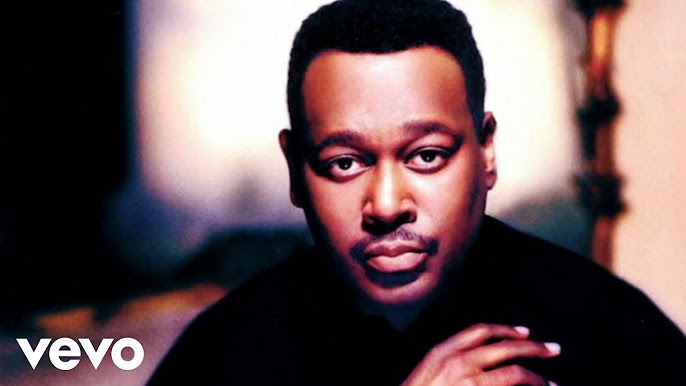
The lyrics paint a vivid picture of a young Luther watching his parents dance together and cherishing the time spent with his father, who passed away when the singer was just eight years old. Vandross described this song as one of the most meaningful of his career — a tribute not only to his father but to the enduring bond between parent and child.
Writing from the Heart
The idea for “Dance with My Father” came from Vandross’s own life. He and Richard Marx crafted the song as a deeply personal reflection, something Vandross had rarely done so directly before. According to Marx, writing about such intimate memories was emotionally challenging for Vandross, but it resulted in what he would eventually call his “career song.”
The track is backed by gentle strings, piano, and drums that provide a soft, nostalgic foundation. Vandross’s vocals glide over the arrangement as he revisits the warmth of his childhood home — filled with music, dancing, and laughter.
His mother, Mary Ida Vandross, once remarked how touched she was by how vividly Luther remembered those times. “I was amazed at how well he remembered his father — and how we used to sing and dance around the house. I didn’t think a boy that young could hold on to those memories so clearly.”
A Poignant Release
“Dance with My Father” was released on May 30, 2003, during a difficult period for Vandross. Just weeks earlier, he had suffered a severe stroke and was hospitalized. Unable to promote the single himself, the song nonetheless resonated deeply with audiences.
Critics noted how the timing of its release added even more emotional weight to the lyrics. AllMusic’s David Jeffries wrote that Vandross’s health struggles made the song’s themes of loss and longing even more powerful. Larry Flick of The Advocate described it as “haunting” and filled with emotional layers.
Radio stations across the country embraced the track, with New York’s WLTW being one of the first to put it into regular rotation. Interestingly, Vandross had written to the station’s program director before his stroke, calling it the most important song of his career. Initially, the label hesitated to approve airplay — but once the song was featured in an episode of Boston Public, it was officially released and quickly became one of the most requested tracks on the air.
Critical Acclaim and Grammy Recognition
Despite his absence from the public eye, Vandross’s work on “Dance with My Father” didn’t go unnoticed. At the 2004 Grammy Awards, the song earned two major accolades: Song of the Year (shared with co-writer Richard Marx) and Best Male R&B Vocal Performance.
Due to his ongoing recovery, Vandross couldn’t attend the ceremony in person. Celine Dion, who had recently lost her own father, performed the song live in his place, accompanied by Marx on piano. Her emotional performance was one of the night’s most memorable moments. Vandross later appeared via a pre-recorded video message to accept the honors, marking one of his final public appearances.
Chart Performance and Enduring Legacy
“Dance with My Father” became Luther Vandross’s last top 40 hit in the U.S., peaking at No. 38 on the Billboard Hot 100. In the UK, the song reached No. 21 upon its original release and later re-entered the UK Top 40 in August 2009 after Joe McElderry performed it on The X Factor.
Following Vandross’s death in 2005, the song took on even deeper meaning for fans. More than just a radio hit or Grammy-winning single, “Dance with My Father” stands as a moving tribute to family, memory, and the longing to reconnect with loved ones lost.
Final Thoughts
“Dance with My Father” is not just a song — it’s a quiet, heartfelt moment of vulnerability from a man whose voice helped define an era. Through rich storytelling and soul-stirring performance, Luther Vandross left behind more than a track — he gave the world a timeless piece of his heart.

